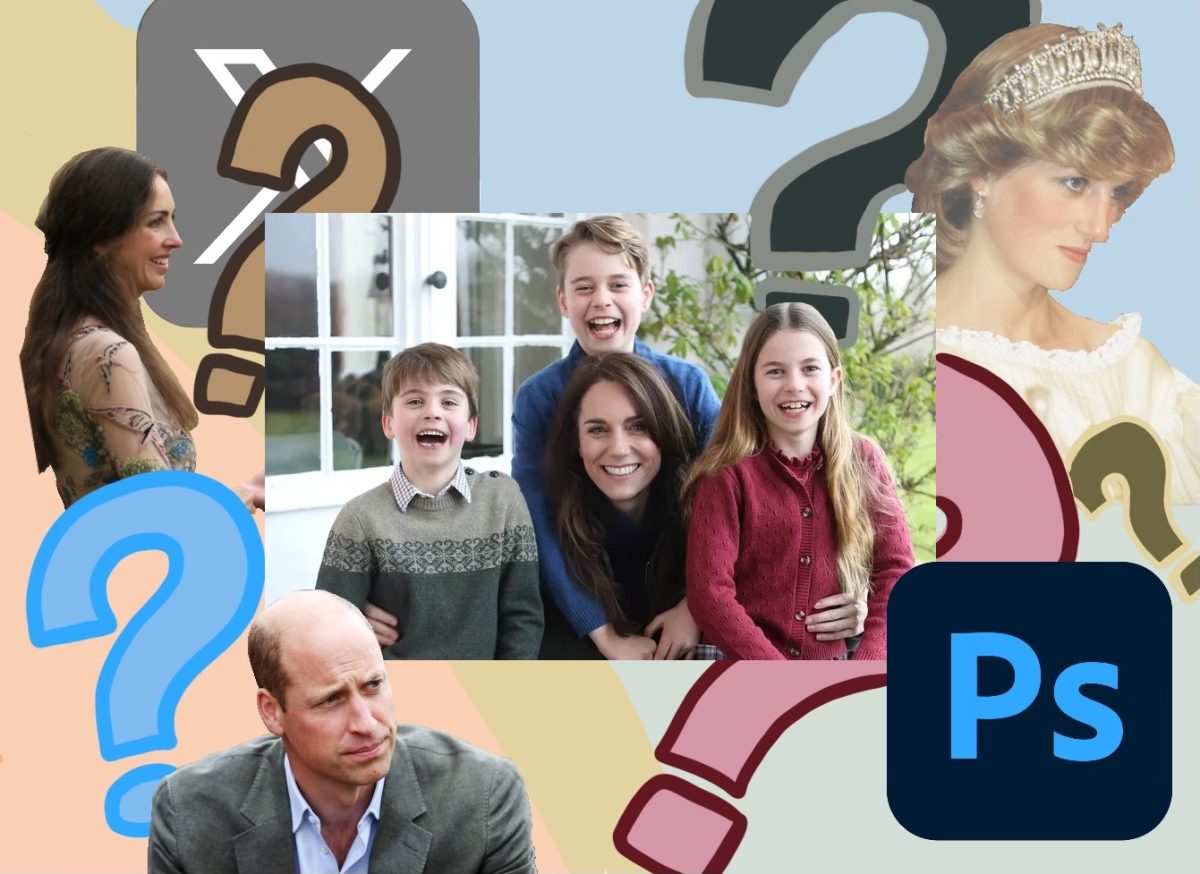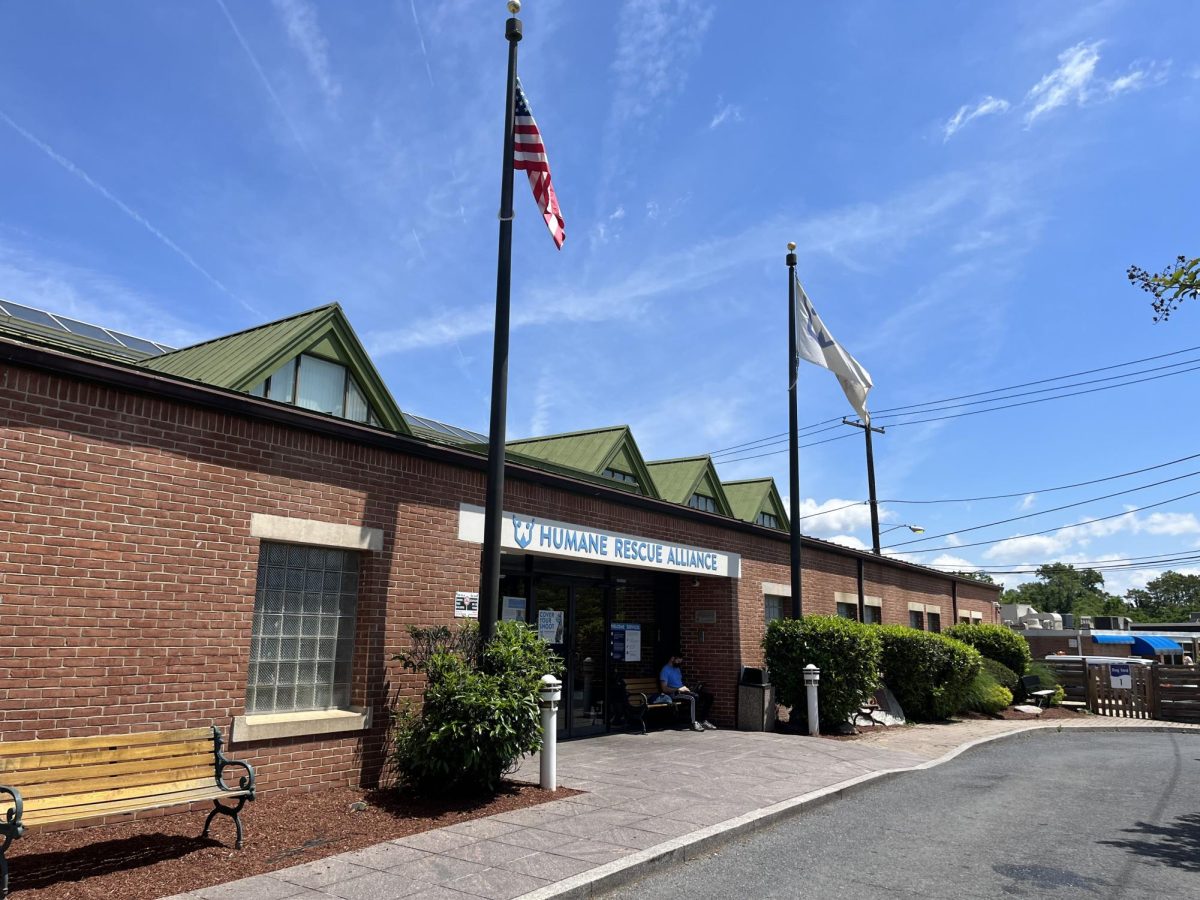A few weeks ago, I received a phone call that would forever change my life. I was standing in my gym shorts and a sweaty T-shirt outside the pro shop at Yates when I heard my cell phone ring. The words are a blur, but I remember a soothing voice trying to gently relay the fact that my life may encounter some difficult times ahead. I, too, have the BRCA1 genetic mutation, she said.
This is the hereditary genetic mutation that increases a woman’s chance of developing breast cancer from about 13 percent to anywhere from 60 to 80 percent. To make matters worse, it is also connected to an increased risk for ovarian cancer.
y grandmother tested positive for BRCA1 just before she courageously succumbed to ovarian cancer a year ago. My father, in turn, discovered he inherited it from his mother. That is why, at only 21 years old, I decided to undergo the genetic testing. I knew I had a 50-50 chance of carrying BRCA1, so why wait any longer to know which way the coin would fall?
Even though my family has been overwhelmingly supportive, this is still big news to digest. For a while I was in denial. How could something so dangerous reside within every single cell that gives me life? I did not really want to believe the scope of this news and its impact on my life – that is, not at first.
I am finding that I am not alone. Experts say that one in every 300 to 500 people have either BRCA1 or BRCA2, the former mutation being more serious and usually showing earlier onset. Well-established support grounds like Facing Our Risk of Cancer Empowered (FORCE) and Be Bright Pink exist to support and unite women and men who are at high risk for breast and ovarian cancer.
In fact, Georgetown’s Lombardi Comprehensive Cancer Center has one of the leading BRCA research centers in the country! You can visit the Fisher Center for Familial Cancer Research online at fishercenter.georgetown.edu. Or you can visit them in person, since these renowned geneticists are right at our doorstep.
All the while, there is no escaping the fact that testing for BRCA1 and BRCA2 is very expensive. As a white, upper-middle-class woman, I had the resources to become a “previvor” as opposed to a survivor. I might be able to live a longer life because my parents could afford a big, fat check. My life actually has a dollar sign attached. So could yours.
This might explain the appalling fact that more black women die of breast cancer in the United States even though white women, like myself, are more likely to develop this disease. For those who can afford to eat the right food, subscribe to an expensive insurance plan and put aside money for transportation to the doctor’s office, then you may also afford to live. But if you do not have the financial and racial resources in this allegedly “non-racist” land of equal opportunity, then our society will see you early to your grave.
People like actress Christina Applegate are working hard to spread access to genetic testing for BRCA1 and BRCA2. Like me, Ms. Applegate also has the genetic mutation. But more needs to be done, as always. If you should choose to learn more about BRCA1, please probe deeper into the issue with me. Life is too precious to be assigned a price tag.
Even though I have only known for a few short weeks, I awaken every morning with a new sense of purpose and compassion. One of the last gifts my grandmother gave me is a tile with an angel rising to another miraculous morning and proclaiming, “This is the day the Lord has made, rejoice and be glad.” Yes, every day is a glorious blessing. And I now have the blessing at this young age to immerse myself in compassion for others and to fight for others, so that they can also have the chance to live long and fruitful lives.
Claudia Gilmore is a senior in the College.
“






